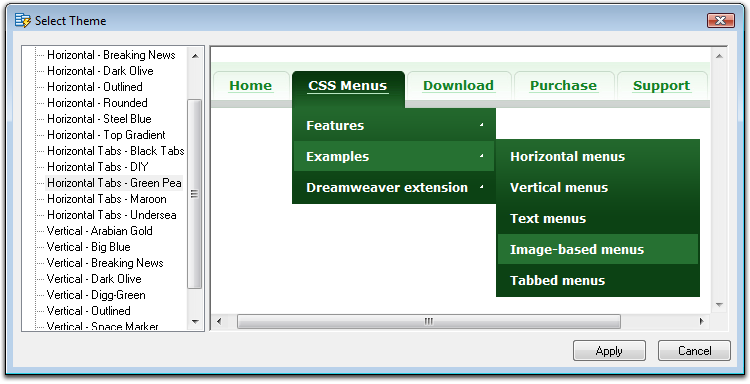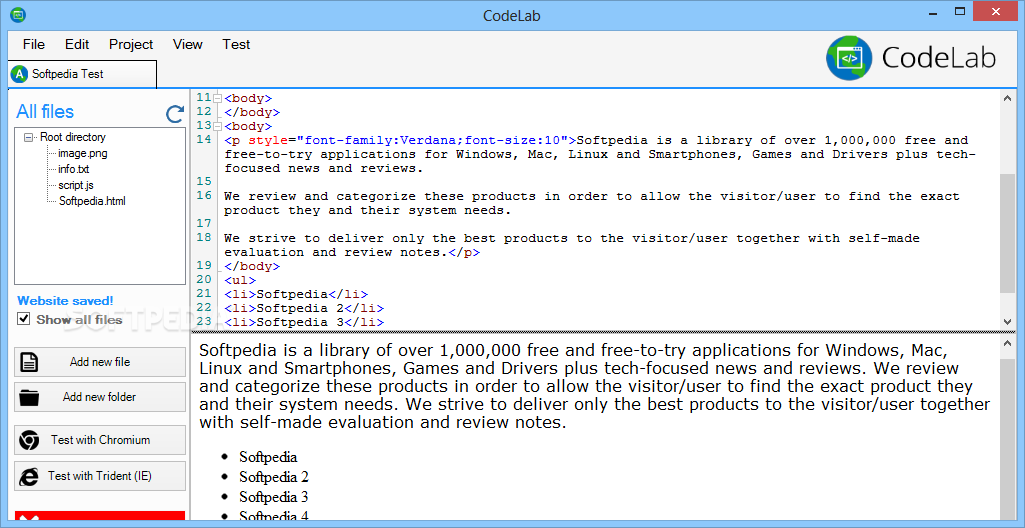
- JALBUM SLIM SUPPORT FILENAME EXTENSION HOW TO
- JALBUM SLIM SUPPORT FILENAME EXTENSION MAC OS
- JALBUM SLIM SUPPORT FILENAME EXTENSION MP4
Given changes to volumes are likely to be unique to each video this example might be be used as an interim step - that is process the original video and use the output from this as the input to your actual project.
JALBUM SLIM SUPPORT FILENAME EXTENSION HOW TO
To change the location of the watermark you can use different values for the 'overlay' element of the 'filter_complex' entry.Īnother example is how to change the volume of the audio track of a video. Tip, you can copy and paste the contents of these tables (ignoring Name & Value header cells of course) directly into the advanced settings, no need to manually type them in :)

JALBUM SLIM SUPPORT FILENAME EXTENSION MAC OS
Note that the example below uses a Mac OS file separator ‘/‘ Windows users will need to use ‘\’ For best results the image should be a transparent png file with a low transparency value, say 40%. To prevent the logo appearing in the album you need to 'exclude' it. The watermark will be centred on the video and requires an image, called logo.png, in the project's root folder. When adding lines you need to enter the ‘Name’ and, for many options a ‘Value’. To add or delete lines right click on the line and select ‘Insert row’ or ‘Delete row’. Sets the location for the generated video
JALBUM SLIM SUPPORT FILENAME EXTENSION MP4
YUV420p is used to ensure compatibility with most MP4 players. Sets the pixel format of the video, yuv420p for example sets chroma subsampling and converts any interleaved inputs to progressively scanned outputs. Movies the index (moov atom metadata) to the beginning of the file. Selects the video codec to be used, libx264Īllows the quantization parameter to change depending on the amount of motion between framesįfmpeg autorotates movies based on metadata, this will set the rotate value to zero for the output video. Sets the audio output sampling frequency to 44100Hz Sets audio input sampling rate to 96K bits per second Sets how long the video plays from the start point above.Ġ allows the ffmpeg process to use as many threads are available, to speed up video creation as much as possible. hqdn3d is a high quality de-noise filter, scale ensures the generated video is scaled to the correct aspect ratio whilst keeping within the lowest image bounds value, unsharp sharpens (can also be set to blur) the output video,Įnsures the output starts at the point set by the video scrubber’s (video edit mode) start position If the output file already exists then overwrite it, removing this switch will prevent overwriting the generated video.Ĭreate the filtergraph specified by filtergraph and use it to filter the stream. Lets now look at the default switches used with ffmpeg ffmpeg settings Quality as set using the video quality slider Width, either from the resolution setting or, if selected, the image bounds, of the video being generated Height, either from the resolution setting or, if selected, the image bounds, of the video being generated The path to the project's root image directory The path to the video generated in the output directory The directory in which the processed video will be created

The name, without the extension, of the video being processed

The directory within which the video being processed is The filename of the video being processed The starting position of the clipped video or the beginning if not clipped The length of the selected portion of the video or the full length if not clipped

There are variables that you can use to aid conversion: Video variables


 0 kommentar(er)
0 kommentar(er)
